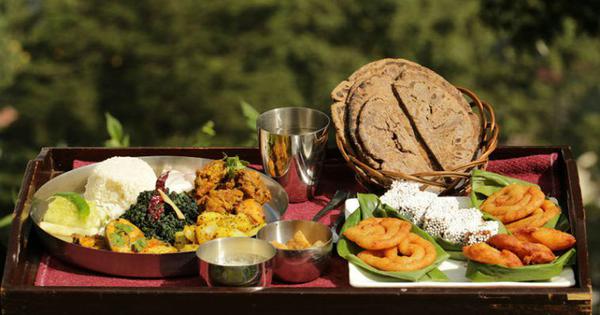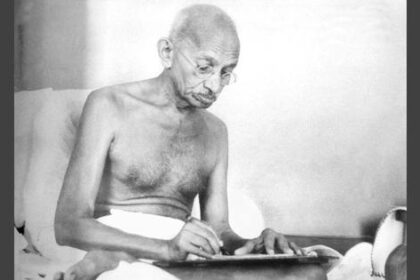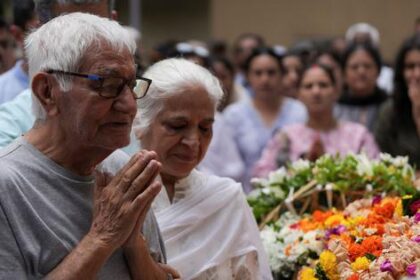Exploring the rich flavors and traditions of Kumaon-Garhwal cuisine from childhood memories.
The long and harsh winters of Mukteshwar, a small hill station at an elevation of approximately 8,000 feet in the Kumaon-Garhwal region, have left a lasting impression on my culinary memories. Growing up there more than fifty years ago, I recall how preparations for the cold months began as early as October. Families would stock up on both essential and indulgent food items. At home, we engaged in the mass production of barees and mangodis, which are lentil-paste dumplings spiced with grated cucumber or shredded greens. Additionally, we dried vegetables in the sun and buried potatoes and other starchy foods underground, ensuring that we had enough to sustain us through the snowbound months.
My mother had a remarkable ability to turn adversity into a delightful variety of meals, especially during winter. This season became a time to reclaim and celebrate our pahari heritage. Our meals proudly showcased the culinary traditions of the central Himalayas, featuring dishes like watery aalu ka thechua, muli ki baant, and gaderi ke gutke served with jambu ka chownk. The bhatiya jaula, accompanied by generous dollops of gaay ka ghee, ensured that we did not miss the familiar delicacies typically prepared in times of abundance.
As children, we were entertained with folktales and songs that often mentioned ingredients such as radish and dry yam—flavors that required an acquired taste. The hill people have historically expressed gratitude for their blessings. A poet named Gumani, well-known in both Kumaon-Garhwal and Nepal, wrote in the early 19th century about the region’s prized delicacies, including bananas, lemons, pomegranates, sugarcane, and oranges, all accompanied by thick milk and granular ghee. While Gumani’s ideal meal reflected an affluent perspective, the everyday fare of the hill dwellers was much simpler, focused on bare sustenance.
Over the years, dietary deprivations remained a common assumption in pahari villages. Celebrations provided a welcome respite from routine, allowing individuals and communities to indulge in luxuries that were otherwise rare. Festivals like Tyaar, Dasain, and Ghughutiya, along with ritual sacrifices during debta-puja, offered opportunities for feasting. Weddings and shraaddha ceremonies promised mouth-watering dishes, each with a menu prescribed by tradition.
For instance, a wedding baraat banquet would feature lagad—a puri made from whole-meal flour—paired with aalu or pinaalu-gaderi ki sabzi, a tuber dish enriched with aromatic jambu from Tibet. The chutney made from darhim, or pomegranate, was a favorite, while the skill of the cook was judged by the quality of the mustard-laced raita, which was known for its pungent kick. Guests often left satisfied, as desserts were not a priority in rural settings.
In contrast, those from towns like Almora and Tehri, particularly the immigrant Brahmins, were known to embellish their meals with additional items like barha and singal. A visit to Kathmandu years later, where I experienced an ethnic meal at Bhancha Ghar restaurant, revived memories of my childhood meals. The shraaddha ceremonies held a unique significance; the purohit, or Brahmin, was fed as a way to honor departed ancestors, and lavish preparations were made for him.
Despite the richness of these experiences, the regular diet in the hills was often simple, with rwat-saag being a staple. Rwat refers to roti, essential for survival. The poorer families prepared it from coarse madua, or ragi, while those better off used wheat. Palang, a type of spinach, was more highly valued than other greens and was served in various preparations. Even today, dietary practices remain influenced by tradition, with prescriptions and prohibitions governing the use of certain vegetables.








